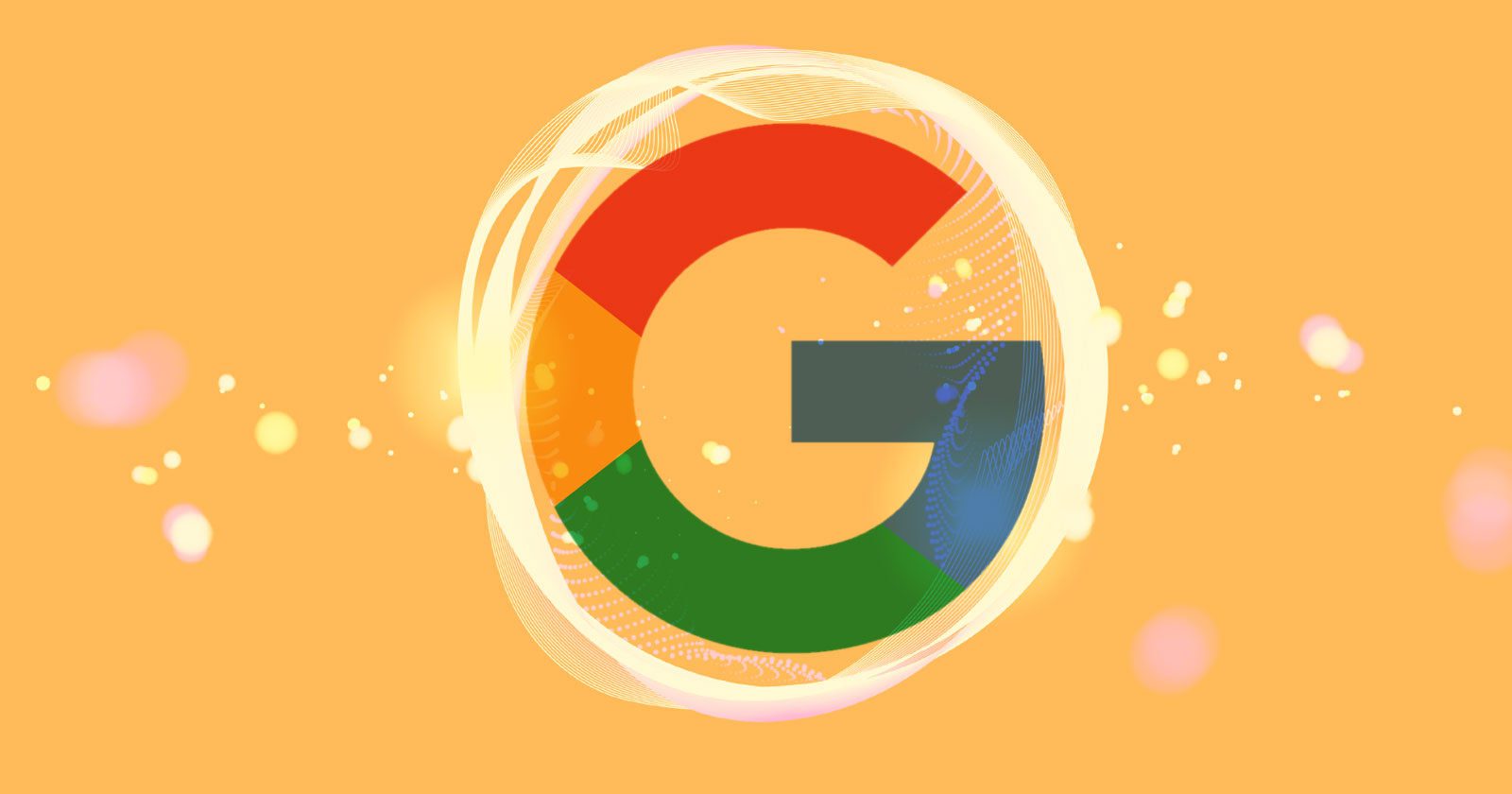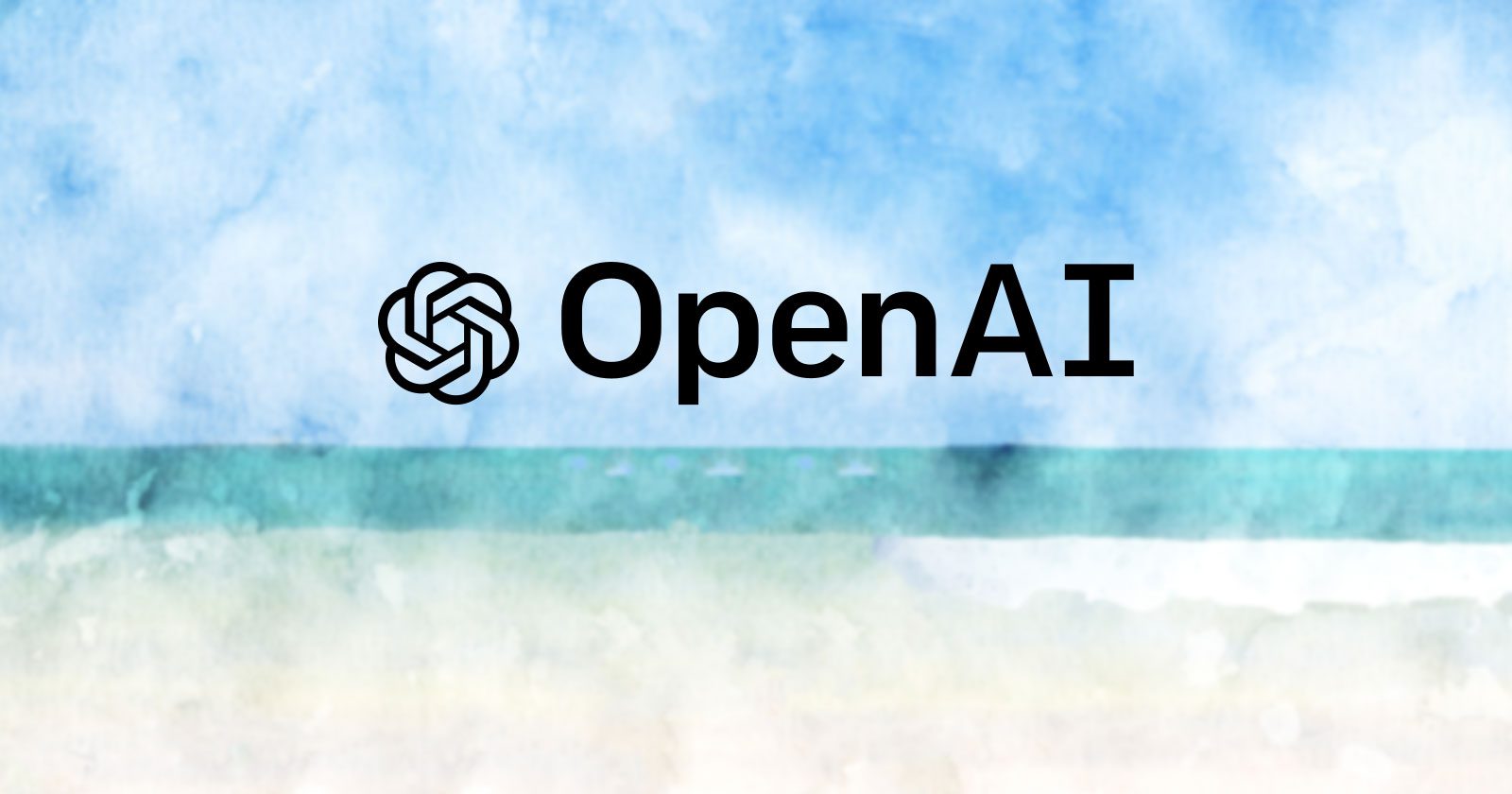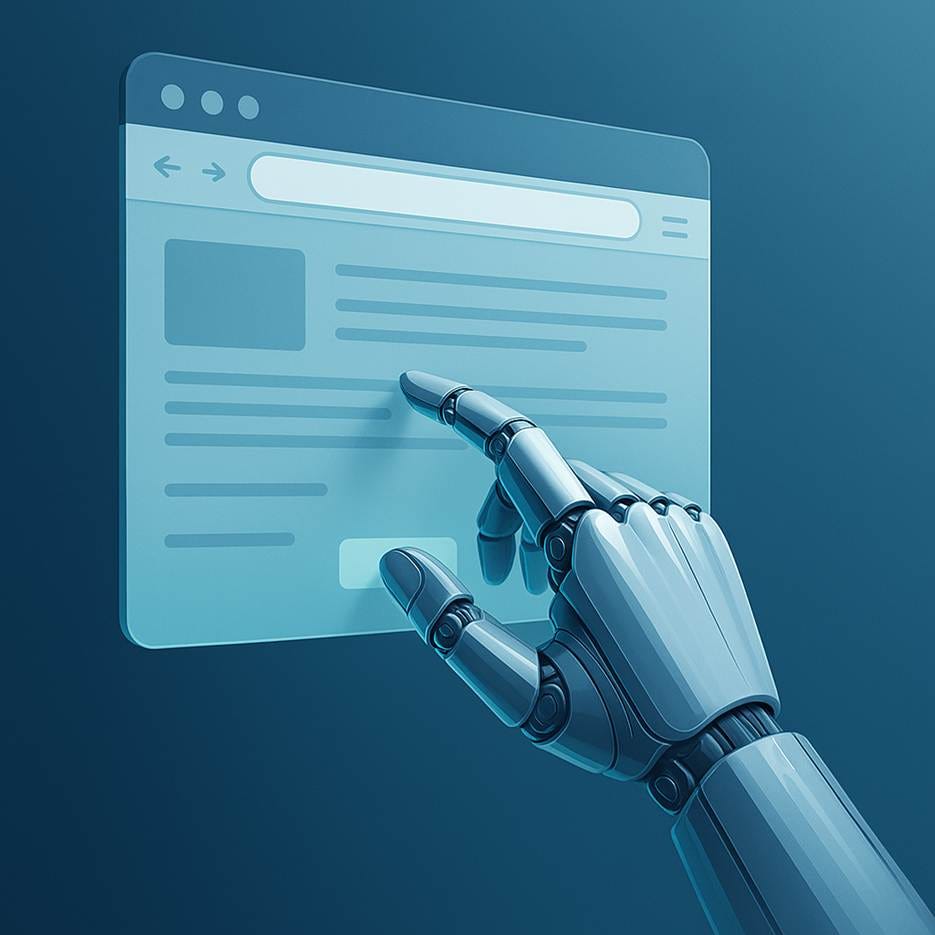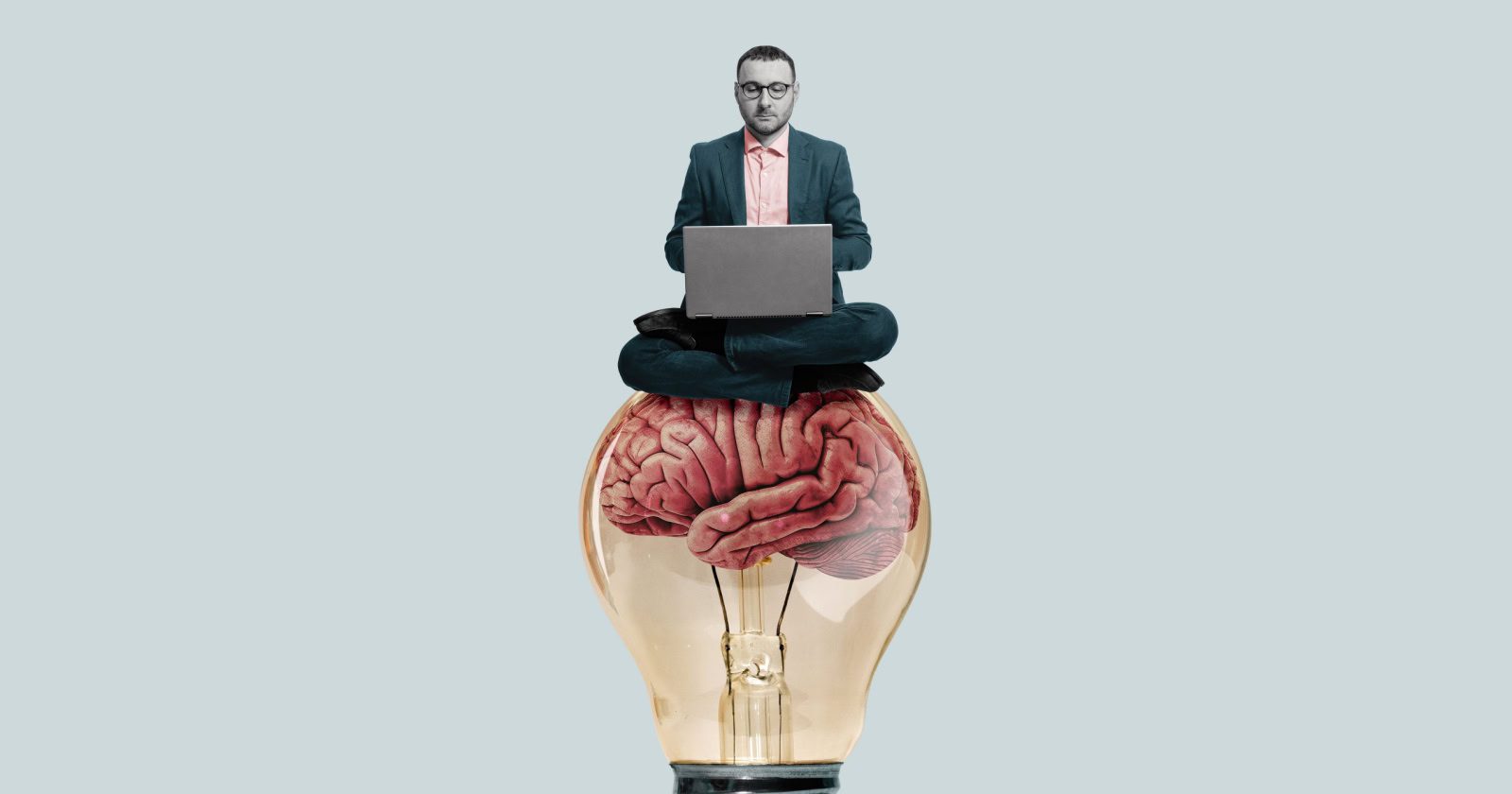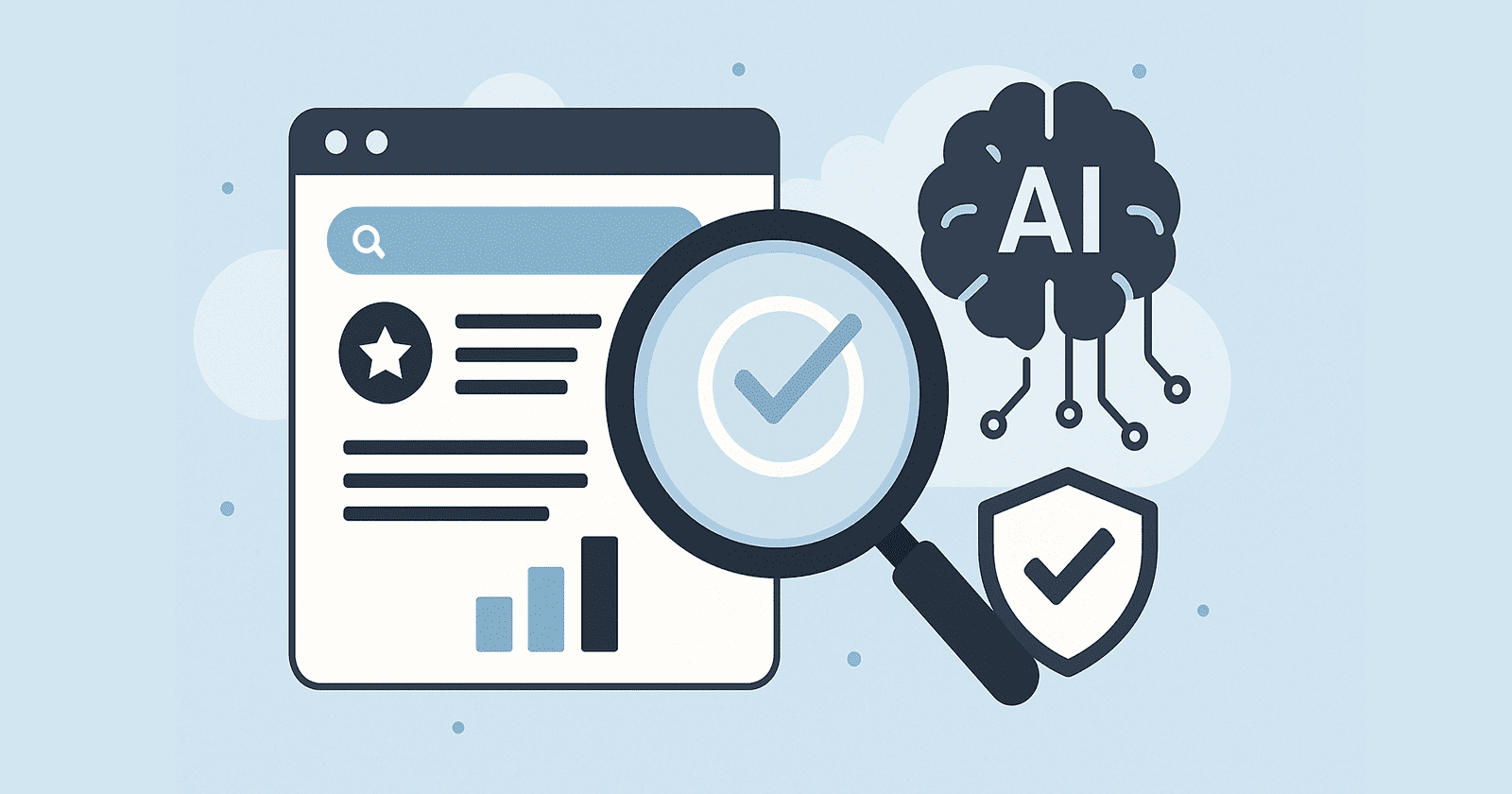Your Money or Your Life (YMYL) covers topics that affect people’s health, financial stability, safety, or general welfare, and rightly so Google applies measurably stricter algorithmic standards to these topics.
AI writing tools might promise to scale content production, but as writing for YMYL requires more consideration and author credibility than other content, can an LLM write content that is acceptable for this niche?
The bottom line is that AI systems fail at YMYL content, offering bland sameness where unique expertise and authority matter the most. AI produces unsupported medical claims 50% of the time, and hallucinates court holdings 75% of the time.
This article examines how Google enforces YMYL standards, shows evidence where AI fails, and why publishers relying on genuine expertise are positioning themselves for long-term success.
Google Treats YMYL Content With Algorithmic Scrutiny
Google’s Search Quality Rater Guidelines state that “for pages about clear YMYL topics, we have very high Page Quality rating standards” and these pages “require the most scrutiny.” The guidelines define YMYL as topics that “could significantly impact the health, financial stability, or safety of people.”
The algorithmic weight difference is documented. Google’s guidance states that for YMYL queries, the search engine gives “more weight in our ranking systems to factors like our understanding of the authoritativeness, expertise, or trustworthiness of the pages.”
The March 2024 core update demonstrated this differential treatment. Google announced expectations for a 40% reduction in low-quality content. YMYL websites in finance and healthcare were among the hardest hit.
The Quality Rater Guidelines create a two-tier system. Regular content can achieve “medium quality” with everyday expertise. YMYL content requires “extremely high” E-E-A-T levels. Content with inadequate E-E-A-T receives the “Lowest” designation, Google’s most severe quality judgment.
Given these heightened standards, AI-generated content faces a challenge in meeting them.
It might be an industry joke that the early hallucinations from ChatGPT advised people to eat stones, but it does highlight a very serious issue. Users depend on the quality of the results they read online, and not everyone is capable of deciphering fact from fiction.
AI Error Rates Make It Unsuitable For YMYL Topics
A Stanford HAI study from February 2024 tested GPT-4 with Retrieval-Augmented Generation (RAG).
Results: 30% of individual statements were unsupported. Nearly 50% of responses contained at least one unsupported statement. Google’s Gemini Pro achieved 10% fully supported responses.
These aren’t minor discrepancies. GPT-4 RAG gave treatment instructions for the wrong type of medical equipment. That kind of error could harm patients during emergencies.
Money.com tested ChatGPT Search on 100 financial questions in November 2024. Only 65% correct, 29% incomplete or misleading, and 6% wrong.
The system sourced answers from less-reliable personal blogs, failed to mention rule changes, and didn’t discourage “timing the market.”
Stanford’s RegLab study testing over 200,000 legal queries found hallucination rates ranging from 69% to 88% for state-of-the-art models.
Models hallucinate at least 75% of the time on court holdings. The AI Hallucination Cases Database tracks 439 legal decisions where AI produced hallucinated content in court filings.
Men’s Journal published its first AI-generated health article in February 2023. Dr. Bradley Anawalt of University of Washington Medical Center identified 18 specific errors.
He described “persistent factual mistakes and mischaracterizations of medical science,” including equating different medical terms, claiming unsupported links between diet and symptoms, and providing unfounded health warnings.
The article was “flagrantly wrong about basic medical topics” while having “enough proximity to scientific evidence to have the ring of truth.” That combination is dangerous. People can’t spot the errors because they sound plausible.
But even when AI gets the facts right, it fails in a different way.
Google Prioritizes What AI Can’t Provide
In December 2022, Google added “Experience” as the first pillar of its evaluation framework, expanding E-A-T to E-E-A-T.
Google’s guidance now asks whether content “clearly demonstrate first-hand expertise and a depth of knowledge (for example, expertise that comes from having used a product or service, or visiting a place).”
This question directly targets AI’s limitations. AI can produce technically accurate content that reads like a medical textbook or legal reference. What it can’t produce is practitioner insight. The kind that comes from treating patients daily or representing defendants in court.
The difference shows in the content. AI might be able to give you a definition of temporomandibular joint disorder (TMJ). A specialist who treats TMJ patients can demonstrate expertise by answering real questions people ask.
What does recovery look like? What mistakes do patients commonly make? When should you see a specialist versus your general dentist? That’s the “Experience” in E-E-A-T, a demonstrated understanding of real-world scenarios and patient needs.
Google’s content quality questions explicitly reward this. The company encourages you to ask “Does the content provide original information, reporting, research, or analysis?” and “Does the content provide insightful analysis or interesting information that is beyond the obvious?”
The search company warns against “mainly summarizing what others have to say without adding much value.” That’s precisely how large language models function.
This lack of originality creates another problem. When everyone uses the same tools, content becomes indistinguishable.
AI’s Design Guarantees Content Homogenization
UCLA research documents what researchers term a “death spiral of homogenization.” AI systems default toward population-scale mean preferences because LLMs predict the most statistically probable next word.
Oxford and Cambridge researchers demonstrated this in nature. When they trained an AI model on different dog breeds, the system increasingly produced only common breeds, eventually resulting in “Model Collapse.”
A Science Advances study found that “generative AI enhances individual creativity but reduces the collective diversity of novel content.” Writers are individually better off, but collectively produce a narrower scope of content.
For YMYL topics where differentiation and unique expertise provide competitive advantage, this convergence is damaging. If three financial advisors use ChatGPT to generate investment guidance on the same topic, their content will be remarkably similar. That offers no reason for Google or users to prefer one over another.
Google’s March 2024 update focused on “scaled content abuse” and “generic/undifferentiated content” that repeats widely available information without new insights.
So, how does Google determine whether content truly comes from the expert whose name appears on it?
How Google Verifies Author Expertise
Google doesn’t just look at content in isolation. The search engine builds connections in its knowledge graph to verify that authors have the expertise they claim.
For established experts, this verification is robust. Medical professionals with publications on Google Scholar, attorneys with bar registrations, financial advisors with FINRA records all have verifiable digital footprints. Google can connect an author’s name to their credentials, publications, speaking engagements, and professional affiliations.
This creates patterns Google can recognize. Your writing style, terminology choices, sentence structure, and topic focus form a signature. When content published under your name deviates from that pattern, it raises questions about authenticity.
Building genuine authority requires consistency, so it helps to reference past work and demonstrate ongoing engagement with your field. Link author bylines to detailed bio pages. Include credentials, jurisdictions, areas of specialization, and links to verifiable professional profiles (state medical boards, bar associations, academic institutions).
Most importantly, have experts write or thoroughly review content published under their names. Not just fact-checking, but ensuring the voice, perspective, and insights reflect their expertise.
The reason these verification systems matter goes beyond rankings.
The Real-World Stakes Of YMYL Misinformation
A 2019 University of Baltimore study calculated that misinformation costs the global economy $78 billion annually. Deepfake financial fraud affected 50% of businesses in 2024, with an average loss of $450,000 per incident.
The stakes differ from other content types. Non-YMYL errors cause user inconvenience. YMYL errors cause injury, financial mistakes, and erosion of institutional trust.
U.S. federal law prescribes up to 5 years in prison for spreading false information that causes harm, 20 years if someone suffers severe bodily injury, and life imprisonment if someone dies as a result. Between 2011 and 2022, 78 countries passed misinformation laws.
Validation matters more for YMYL because consequences cascade and compound.
Medical decisions delayed by misinformation can worsen conditions beyond recovery. Poor investment choices create lasting economic hardship. Wrong legal advice can result in loss of rights. These outcomes are irreversible.
Understanding these stakes helps explain what readers are looking for when they search YMYL topics.
What Readers Want From YMYL Content
People don’t open YMYL content to read textbook definitions they could find on Wikipedia. They want to connect with practitioners who understand their situation.
They want to know what questions other patients ask. What typically works. What to expect during treatment. What red flags to watch for. These insights come from years of practice, not from training data.
Readers can tell when content comes from genuine experience versus when it’s been assembled from other articles. When a doctor says “the most common mistake I see patients make is…” that carries weight AI-generated advice can’t match.
The authenticity matters for trust. In YMYL topics where people make decisions affecting their health, finances, or legal standing, they need confidence that guidance comes from someone who has navigated these situations before.
This understanding of what readers want should inform your strategy.
The Strategic Choice
Organizations producing YMYL content face a decision. Invest in genuine expertise and unique perspectives, or risk algorithmic penalties and reputational damage.
The addition of “Experience” to E-A-T in 2022 targeted AI’s inability to have first-hand experience. The Helpful Content Update penalized “summarizing what others have to say without adding much value,” an exact description of LLM functionality.
When Google enforces stricter YMYL standards and AI error rates are 18-88%, the risks outweigh the benefits.
Experts don’t need AI to write their content. They need help organizing their knowledge, structuring their insights, and making their expertise accessible. That’s a different role than generating content itself.
Looking Ahead
The value in YMYL content comes from knowledge that can’t be scraped from existing sources.
It comes from the surgeon who knows what questions patients ask before every procedure. The financial advisor who has guided clients through recessions. The attorney who has seen which arguments work in front of which judges.
The publishers who treat YMYL content as a volume game, whether through AI or human content farms, are facing a difficult path. The ones who treat it as a credibility signal have a sustainable model.
You can use AI as a tool in your process. You can’t use it as a replacement for human expertise.
More Resources:
Featured Image: Roman Samborskyi/Shutterstock



